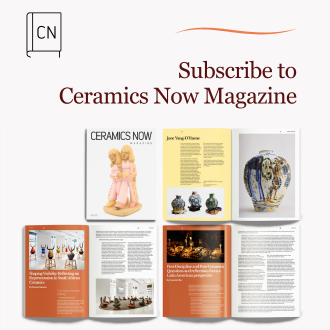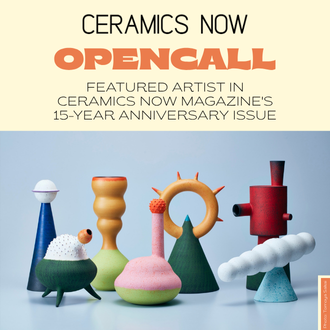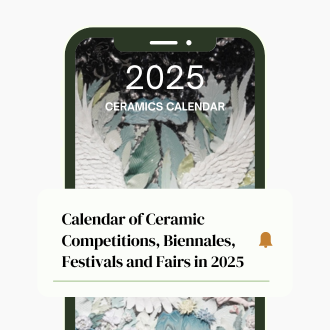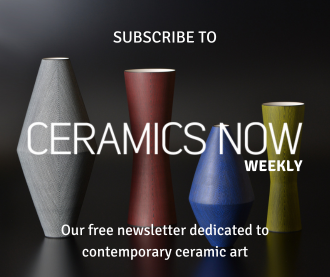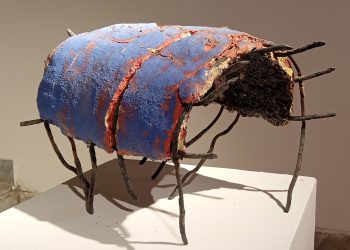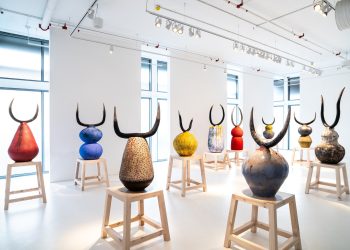Camille Azéma is a French artist born in 1991. She graduated with a Masters in Fine Arts from the Beaux-Arts of Paris in 2015 and also studied at the Royal Danish Academy of Fine Art. Her work investigates the body through an instinctive and physical approach of ceramic by questioning materials and space.
She has exhibited in Rundgang Charlottenborg (DK), Gallery Q (DK), Fondation du Doute (FR), CEPAGRAP Galerie (FR). She recently finished the ceramic residency Terre-plein that specializes in Anagama firing. Her work will be shown in October 2022 at C14 Art Fair in Paris and in a ceramic group show at the Guebwiller Museum.
Visit Camille Azéma’s Instagram page.
Featured work
Selected works, 2020-2021

My work revolves around questions about the body, in other words: how to define it? What is a body? How does the body show itself?
It takes form from an instinctive and physical approach to the material through the work of clay (ceramic) and weaving. Organic and draped forms result from this, testifying the passage of a body, its presence.
I’m interested in engaging a corps-à-corps with the material, pushing it to its limits in order to find different ways of working the clay and weaving. Because clay is a living material, capable of suggestions during modeling, it is important for me to be able to make room for chance by listening to its proposals, and therefore to welcome the accident.
My practice thereby consists of experimenting shapes, textures, combinations of mediums in order to freeze them. The evolution is unpredictable and is constantly being invented, nothing much is decided in advance, which gives the final volume the possibility to be shaped during the making of it.
This taste for raw material leads me to test associations of material-objects such as ropes, climbing ropes, fabrics, transport blankets with ceramics. Indeed, I like to merge, confront textures, colors and types of materials with each other. For example, combining a raw and rough earthenware biscuit with a pop-coloured synthetic rope weave, combine a draped sculpture by laying it on a transport blanket or even making a sculpture emerging from a fabric placed on the ground.
The relationship between materials and material-objects also allows me to question the idea of space. I like to think of the former as a mountain landscape, punctuated by different groups of sculptures. These groups are like micro-societies that dialogue in a common space, each one making it possible to compose a staging of the workshop in which the spectator is invited to penetrate. Indeed, the studio is inhabited by many object-materials gleaned over time, which allows me to create associations resulting from inner drives.
When my work leaves the studio, it is important for me to think about how to inhabit a new space while keeping the energy of the workspace, and to give the viewer that dual experience. To perceive the sculptures in a given environment allows the viewer to highlight the question of the body itself. First of all, by their draped aspects, which is a reminder of the sheet, the garment-cloth which can both hide and underline a body, but also by their verticality which allows the spectator to engage with it physically. Finally, the staging, the dialogue between the sculptures, weavings and other gleaned object-materials allows a reading in different layers.


